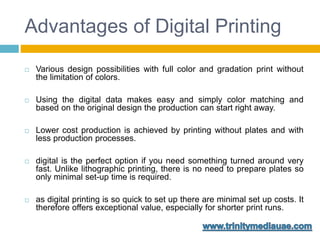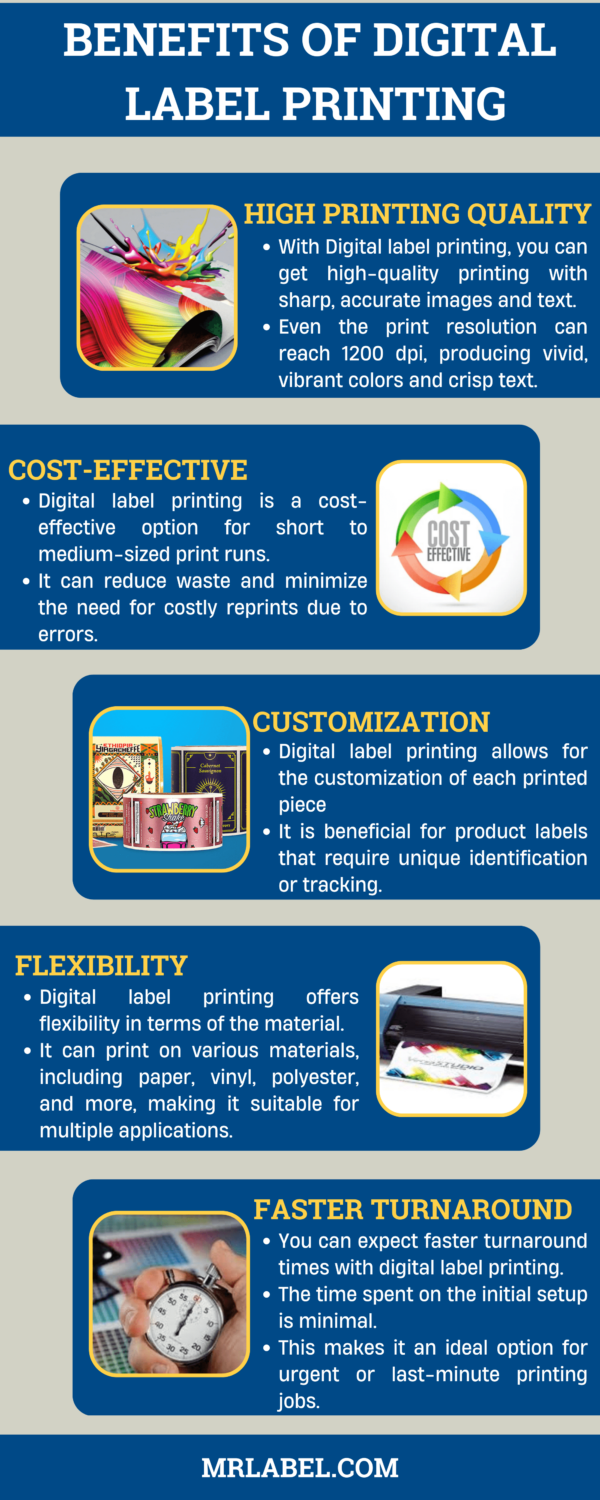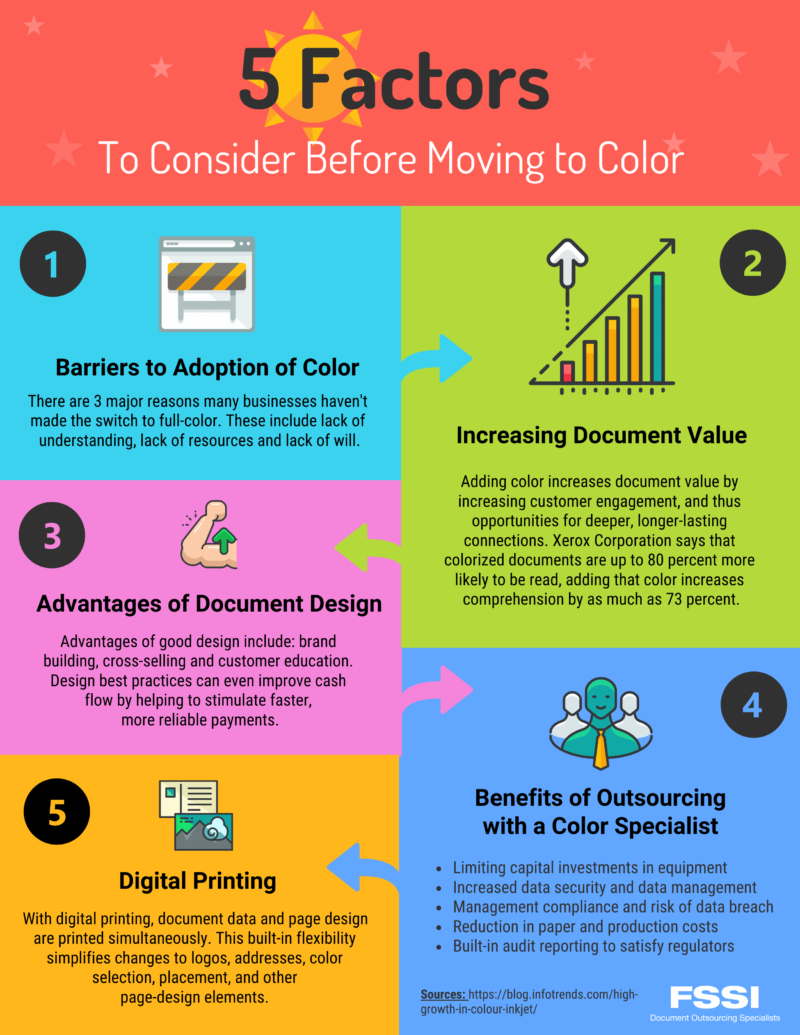7 Simple Techniques For Digital Printing
Table of ContentsThe Only Guide to Digital PrintingThe Buzz on Digital PrintingThe 45-Second Trick For Digital PrintingWhat Does Digital Printing Do?The Digital Printing IdeasGetting My Digital Printing To Work
Variable data printing, such as straight mail with customized codes and addresses, is ideally fit for electronic printing. Digital quick printing only requires 4 steps of layout, testimonial, printing and binding to get whatever done. Digital fast printing has an unmatched advantage: print on demand.According to PMMI, digital printing permits brand names and manufacturers to respond rapidly to client needs while improving the supply chain, minimizing warehousing price and waste, and delighting in faster time to market. That all noises excellent, yet just how does this modern technology do all that? The major differentiator of these innovations is that there are no set-up charges and no plates with digital printing.
Get This Report about Digital Printing
According to Wikipedia, the best difference between digital printing and conventional methods such as lithography, flexography, gravure, or letterpress - Digital Printing is that there is no need to change printing plates in electronic printing, whereas in these analog printing methods home plates are repeatedly replaced. This leads to quicker turnaround time and decreases expense when using electronic printing.
Digital printing is highly adaptable, so it's simple to make adjustments to the bundle layout rapidly. It all goes back to the plates.
With traditional printing approaches, short-run printing is just not feasible. Because an excellent design can make or break your product, electronic printing continually creates high-grade, clear and colorful graphics each time.
Digital printing is the procedure of printing digital-based photos directly onto a range of media substratums. There is no demand for a printing plate, unlike with offset printing. Digital files such as PDFs or desktop computer posting files can be sent straight to the electronic printing machine to publish theoretically, image paper, canvas, fabric, synthetics, cardstock and other substrates.
The Facts About Digital Printing Uncovered
According to PMMI, electronic printing enables brands and producers to respond rapidly to consumer demands while improving the supply chain, lowering warehousing cost and waste, and enjoying faster time to market. That all sounds great, but how does this modern technology do all that? The significant differentiator of these innovations is that there are no set-up fees and no plates with electronic printing.
According to Wikipedia, the best distinction in between digital printing and traditional approaches such as lithography, flexography, gravure, or letterpress is that there is no demand to replace printing plates in digital printing, whereas in these analog printing approaches the plates are repetitively changed. This causes quicker turnaround time and lowers cost when making use of digital printing.

The Basic Principles Of Digital Printing
With traditional printing approaches, short-run printing is just not possible. Due to the fact that a terrific style can make or break your item, electronic printing consistently produces top quality, clear and vibrant graphics each time.

According to PMMI, electronic printing allows brands and suppliers to respond swiftly to customer demands while boosting the supply chain, reducing warehousing expense and waste, and delighting in faster time to market. That all audios excellent, but exactly how does this modern technology do all that? The major differentiator of these innovations is that there are no set up fees and no plates with electronic printing.
Digital Printing Fundamentals Explained
According to Wikipedia, the biggest difference between electronic printing and traditional methods such as lithography, flexography, gravure, see post or letterpress is that there is no need to replace printing plates in digital printing, whereas in these analog printing methods the plates are continuously changed. This causes quicker turnaround time and reduces price when making use of electronic printing.
Rapid manufacturing means obtaining your item to market quicker. It likewise implies it's much easier and faster to make modifications later, when you alter a recipe, include a SKU, or develop seasonal product packaging. Digital printing is extremely flexible, so it's easy to make adjustments to the plan design promptly. It all returns click over here now to the plates.

Our Digital Printing PDFs
Digital printing is the process of printing digital-based photos straight onto a variety of media substrates. There is no demand for a printing plate, unlike with balanced out printing. Digital documents such as PDFs or desktop posting files can be sent out directly to the digital printing machine to publish on paper, picture paper, canvas, fabric, synthetics, cardstock and other substratums.